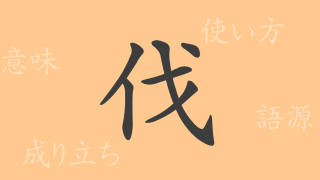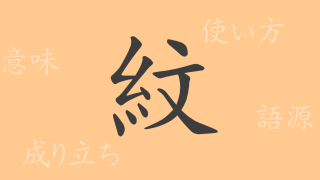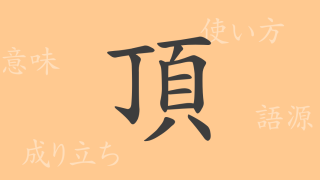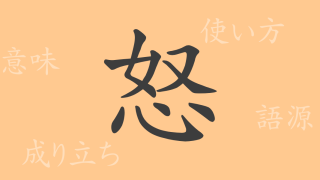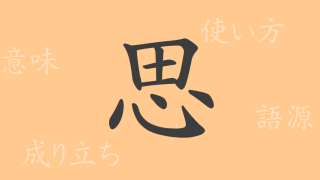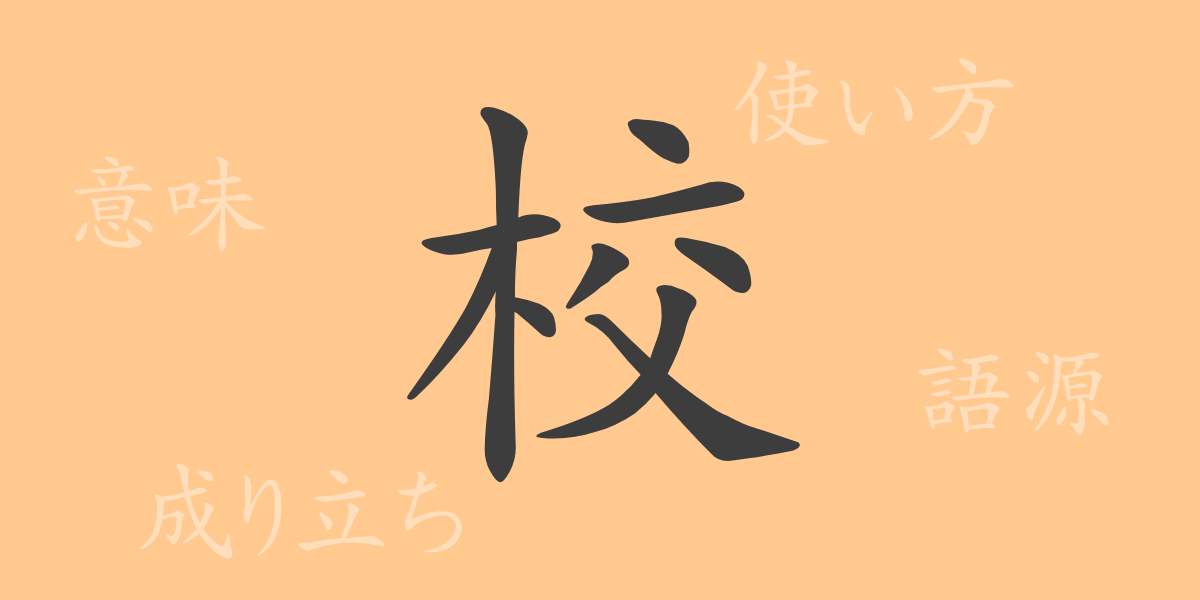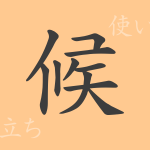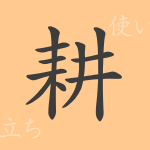The kanji deeply rooted in Japanese culture enriches the world of words with their meanings and backgrounds. The commonly used kanji “校(こう)” is closely related to our daily lives, especially in educational settings. In this article, we will delve into the origin, meaning, usage, and various idioms and expressions involving the kanji “校(こう),” highlighting its charm.
Origin of 校(こう)
The kanji “校(こう)” originated from ancient Chinese words meaning verification or inspection. It was originally formed by combining “木(き)” (tree) with “交(こう)” (to intersect), symbolizing the comparison of tree branches. This evolved to mean verification or correction, and later, educational institutions.
Meaning and Usage of 校(こう)
The kanji “校(こう)” has multiple meanings. Primarily, it refers to “検校(けんこう)” which means to inspect and correct errors, and “学校(がっこう)” referring to educational institutions. In educational contexts, it appears in terms like “校長(こうちょう)” (principal) and “校舎(こうしゃ)” (school building). In printing and publishing, it is used in “校正(こうせい)” meaning proofreading.
Readings, Stroke Count, and Radical of 校(こう)
The kanji “校(こう)” has different readings and uses based on its form and context.
- Readings: On-yomi (Chinese reading) is “コウ(こう),” kun-yomi (Japanese reading) is “あらためる(arateru)” or “ただす(tadasu)”
- Stroke count: 10 strokes
- Radical: 木(き) (tree)
Idioms, Phrases, and Proverbs Using 校(こう)
There are several idioms and phrases that include “校(こう).” Here are some examples:
- 学校(がっこう) – An educational institution.
- 校門(こうもん) – The gate at the entrance of a school.
- 校章(こうしょう) – A school’s emblem or symbol.
- 校舎(こうしゃ) – A school building.
- 校歌(こうか) – A school song.
- 校訓(こうくん) – A school’s motto or guiding principles.
- 校友(こうゆう) – Alumni or fellow graduates of the same school.
- 校正(こうせい) – The process of proofreading and correcting printed materials.
Conclusion on 校(こう)
The meaning embedded in a single kanji can vary greatly depending on the context in which it is used. The kanji “校(こう)” is no exception, as it is employed in diverse fields ranging from education to proofreading. Understanding the rich meanings of each kanji leads to a deeper comprehension of the Japanese language and culture. Through this exploration of “校(こう),” we hope readers can enjoy the world of kanji even more.





